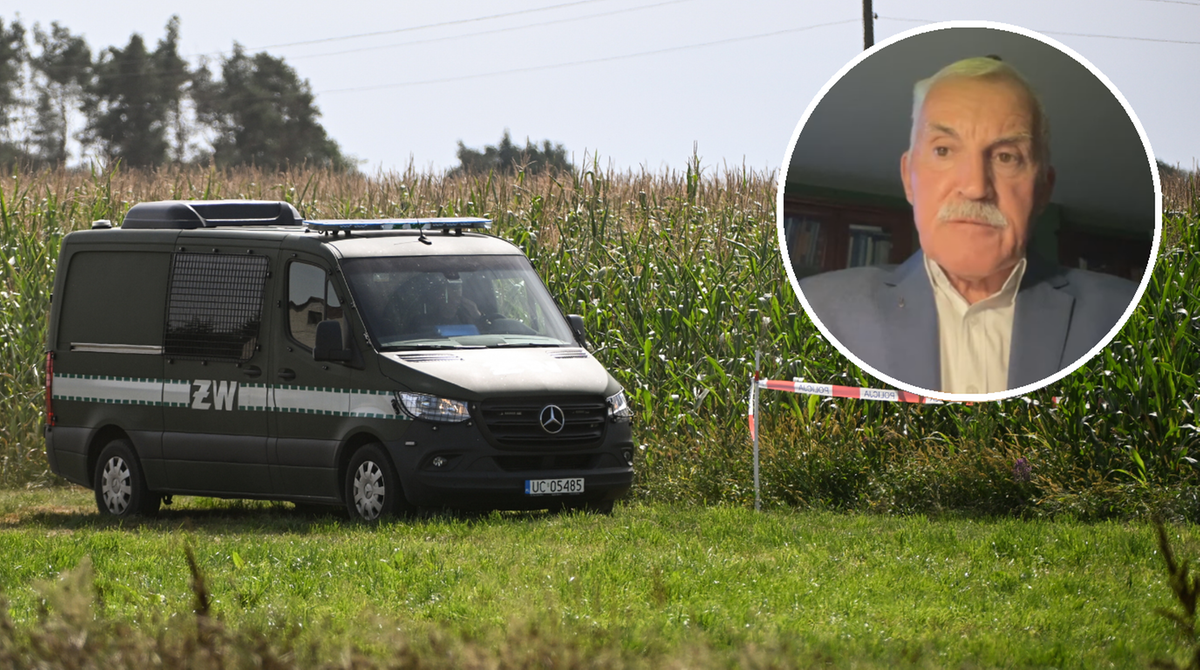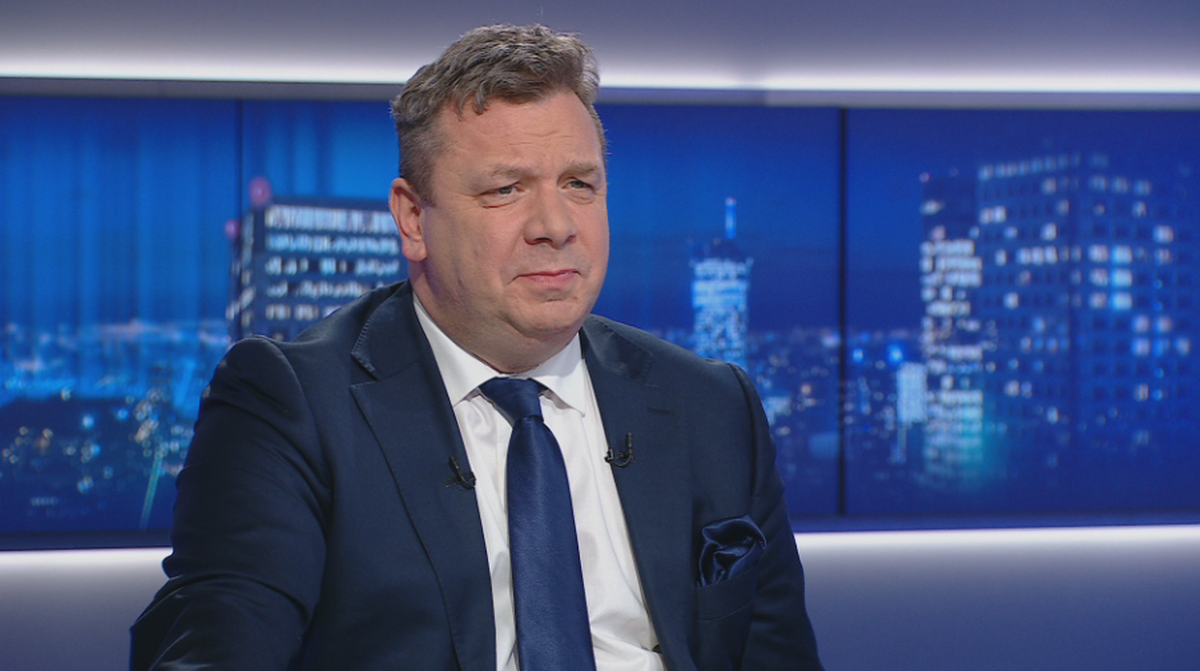Estonia is widely recognised as a digital society and the cradle of technological pioneers, which are utilized by consumers from all over the world. However, it is besides the centre of modern defence industry, offering advanced cyber defence technologies, situational awareness and unmanned vehicles, which can strengthen the safety of Poland.
With a population of only 1.3 million people – comparable to cities specified as Prague and Milan – Estonia is known as the planet leader in technology adoption and innovation. Today, 99% of public services are available online, including e-residence or e-marriage. Estonia was besides the first country to let online voting, and present this option chooses 46 percent of citizens. Innovation in public services is crucial not only due to their function in expanding the engagement of citizens and the efficiency of the government, but besides as a model for another countries. Including Poland, which strives to adopt akin technological solutions to improve public services and strengthen citizens' participation in democratic processes.
Estonia is besides known as the "start-ups nation" and the cradle of technological unicorns, offering products and services valued worldwide. It all started with a global Skype success, founded in Tallinn in 2003, followed by companies specified as Bolt or Wise.
Although Estonia's achievements in consumer technology have gained broad recognition, creativity and innovation of local entrepreneurs and engineers are not limited to these areas. The dynamic defence technology sector is besides developing in this tiny country. According to the Estonian Defence manufacture Association estimates, the turnover of this sector in 2024 will be 500 million euros, with an yearly increase of 30%. All Estonian defence companies are private and 2 thirds of their production is exported.
Today, the Estonian defence manufacture covers a wide scope of dual-use technologies, including cyber defence, robotics, autonomous systems, electronics and sensors, individual equipment and communication and supervisory technologies.
The past of the Estonian defence manufacture began in 1991, after regaining independency after 50 years of occupation. The Estonians rapidly realised that building a competitive economy requires focusing on digitisation and fast technological progress. This imagination was realized by private companies and the government.
In the area of civilian and consumer services, this resulted in the introduction of online banking in 1996, digital signatures in 2002, electronic voting in 2005, digital wellness services in 2008 or e-residence in 2014. However, Estonian engineers and entrepreneurs were besides curious in developing defence technologies and dual use.
– We never had dense equipment factories, and our defence sector started from scratch. Estonian entrepreneurs focused on modern challenges and modern technologies – says Rainer Saks, Estonian safety expert and board associate at CybExer Technologies.
The importance of cybersecurity and advanced defence technologies became even more apparent after the cyber attack in 2007 – the largest in past aimed at 1 state. global support was needed to master its effects.
The 2007 Cyberattack was a turning point for Estonia, which became active in the improvement of global safety standards. A fewer months later, the NATO Cooperative Cyber Defence Centre of Excellence was launched in Tallinn – an global research, training and exercise centre in 4 key areas: technology, strategy, operations and law. This centre besides played a key function in shaping global standards, specified as Tallinn Manual – including the application of global law to cyber operations.
However, the Estonian defence manufacture focuses primarily on the applicable application of technologies that are available to allied customers. 2 thirds of the sector's production is exported.
Estonian leaders in cyber defence are CybExer Technologies and SensusQ. Founded in 2016, CybExer Technologies offers advanced cybersecurity solutions, including digital twins (digital twins) for realistic tests, and artificial intelligence-based investigation tools adapted to the circumstantial needs of customers. In turn, SensusQ provides a modern intelligence management platform that integrates various data sources specified as social media, sensors and emails, allowing data to be merged from many fields, and providing tools for analysing, visualizing and generating applicable applications utilizing artificial intelligence.
DefSecIntel, on the another hand, offers solutions for the ongoing monitoring of the environment – an integrated autonomous situational awareness system. The platform includes automated surveillance systems, distant monitoring stations, AI algorithms and autonomous energy sources adapted to different environments.
– Both Estonia and Poland see the key request to invest in defence. Both countries are at the forefront of NATO spending, spending 3.4% and 4.7% of GDP respectively on defence. Both countries besides recognise the key request to make independent defence industries “Not only by buying weapons and ammunition, but besides by creating innovative solutions in the area of cyber threats and sabotage,” says Kaimo Kuusk, Secretary General of the Estonian Ministry of Defence.
More information on Trade with Estonia.
Estonia: The centre of dual-use innovation
PZ








